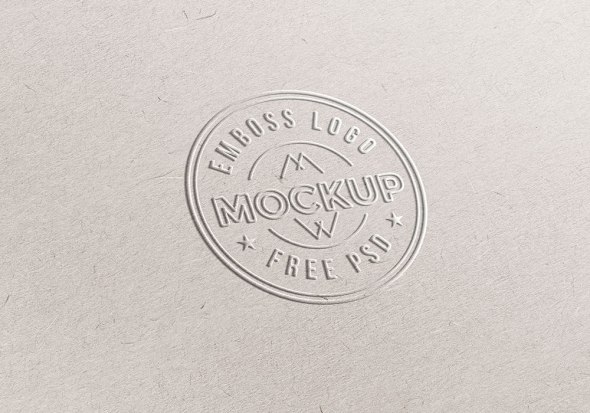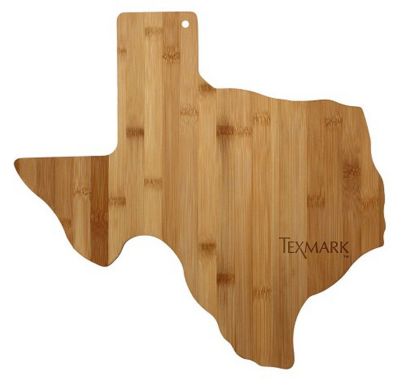A Short Guide to Selecting the Right Imprinting Option for Your Product
Posted: October 25, 2017 Filed under: Uncategorized Leave a commentThere are many options for imprinting or “branding” your promotional product or wearable. Most are recommended for a specific product type, such as debossing or embossing for leather and screen printing for T-shirts, but others can be used on a wide range of products. This short guide is designed to help you not only choose the one right for your product, but also to understand how they work and what the associated costs are for each.
Screen Printing

Screen printed ball point pens
In the screen printing process, film separations are made that represent each color in the design. The film is laid on a fabric mesh that is covered with a special emulsion and exposed to light. Where the light hits the emulsion, it becomes solid; where the film covers the mesh, the emulsion remains unchanged, and then is washed off. The screen is then placed on top of the surface to be printed, and ink is pushed through the mesh using a squeegee. The ink is dried, and the next color is applied. There is a screen charge per color or location as well as a run charge for imprinting each additional color or location.
Best products for screen printing: T-shirts; tote bags; promotional products, such as water bottles, rulers, pencils, and plastic pens.
Pad Printing
As the name suggests, pad printing involves transferring ink from a silicone pad to the object you want printed. . Using a machine that holds both the pad and the promotional product steady, the pad is pressed into an inked plate etched into the shape of your desired artwork. The pad is then pressed into the actual object, creating a crisp printed image. One of the main advantages of using pad printing is that you can use it to print on three-dimensional surfaces and products of all shapes and sizes. There usually is a setup cost for each color or location, plus a run charge for multiple colors.
Best products for screen printing: Round items or other shaped items, such as stress relievers and golf balls.
Digital Printing
When you want to print your logo in a whole bunch of colors, screen printing may be too expensive because of the cost of multiple colors and the run charges. That’s when it may be good idea to move to digital, or full color, printing. This process makes use of physical printers instead of screens and generally allows you to print over the entire surface. Another term used for digital printing is dye sublimation. There often is not a setup associated with digital printing.
Best products to use with digital printing: mouse pads, magnets, and note pads.
Debossing/Embossing

Embossed image on paper
Debossing and embossing give your logo a 3-dimensional element. For both processes, dies are constructed from metal in the shape of your logo. The product is then placed between them and heat and pressure push and form the material into the impression you want. Embossing rises from the product, while debossing pushes into the product. For an additional cost, you can also add color to the logo. There is usually a setup charge for creating the die.
Best products to use with debossing/embossing: leather products, such as portfolios, letterhead, vinyl pouches, and custom chocolates.
Embroidery
If you want your logo to really stand out on a nice polo, consider embroidery. Any cloth product, and especially corporate apparel, looks great with the vibrant stitching of your logo. In the embroidery process, your logo is changed to a digital image and then assigned color threads. Your garments or blankets are placed in the embroidery machine, the needles go to work, and then excess threads are cut off. There is usually a one-time cost for digitizing your logo in preparation for embroidery.
Best products to use with embroidery: T-shirts, blankets, caps, boat totes, robes and towels.
Laser Engraving

Laser engraved Texas shaped cutting board
This process creates sharp, crystal-clear logos that are unable to be peeled off. Without ink or tool bits, this process is simple, clean, and easy. Logos are programmed into the laser software and then executed onto your items. If available, you can also opt for oxidation, which adds a little more color to your logo and makes it a touch more distinctive.
Best products to use with laser engraving: metal pens, wood items (such as cutting boards), glass awards, and corporate gifts with metal plaques.



